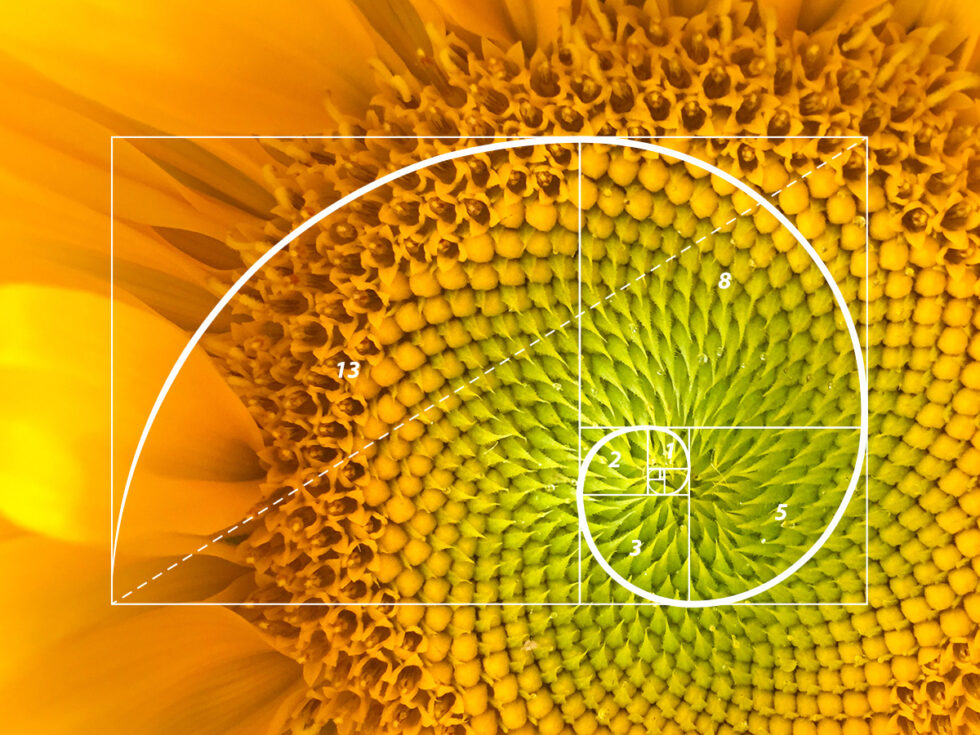The Complex Nature of Design
Design can appear simple on the surface yet involve immense complexity underneath. What matters most is how well a design achieves its purpose, not whether it incorporates complexity. Effective designs balance simplicity of use with complexity of implementation.
Irreducible complexity theory challenged
Proponents of irreducible complexity theory assert some systems cannot evolve step-by-step but must arise fully formed. However, scientists dispute this, arguing functionality can emerge gradually through incremental adaptations. While some components may seem essential, alternative solutions exist we have yet to discover. Without agreed criteria, declaring something irreducibly complex remains an unsupported opinion. Complex biological mechanisms often have less complex precursors that shed light on their incremental development.
Design simplicity vs implementation complexity
Good designers make products usable while managing immense technical intricacies behind the scenes. A simple home interface belies the aggregate complex systems engineering required for structure, utilities, safety, and more. Japanese furniture appears understated yet involves demanding craft. Even services involve byzantine coordination; satisfying customers at retail necessitates vast logistical networks producing and delivering goods. Simplicity of use does not mean simplicity of creation. Function follows form—operations should be accessible despite developmental intricacies.
Competent design uses complexity purposefully
Complexity itself does not imply incompetent design—it depends how complexity contributes to goals. T.S. Eliot’s dense allusions yield rich literary experiences impossible through simplistic means. Dismissing such works as poorly designed misunderstands how complexity enables profound expression. Similarly, complexity in nature arises purposefully, not meaninglessly. Complex organs like eyes illustrate gradual yet advantageous evolution, not random disorder. Only by comprehending design purposes can we assess complexity’s role rather than see it as automatically indicative of random, unguided processes.
Perceived complexity says more about observers than phenomena
Those mystified by complex designs often assume intentional creation because the alternatives confuse them. However, complexity alone does not validate design hypotheses. Some complex natural phenomena like protein folding result from basic physicochemical laws operating over eons rather than conscious planning. While design inferences may feel instinctively satisfying, unsupported assumptions reveal more about limited human perspective than investigated realities. An open yet rigorous analysis considers both design and undirected possibilities, recognizing complexity as apoor indicator without deeper causal understanding.
Balancing simplicity and complexity strengthens design
The most effective designs wed simplicity of use with sophisticated engineering. Homes integrate utilities seamlessly while satifying technical requirements. Cars hide intricate mechanics with intuitive interfaces. Software balances streamlined experiences with robust backend architecture. Designers balancing these tensions produce solutions meeting diverse needs. Rather than rejecting complexity, robust design harnesses it judiciously to further purpose. Focusing too much on either simplicity or complexity risks designs inadequate for actual applied contexts. Moderation and balance optimize design virtues.
Design assessment requires understandingcontext
Whether appearance, engineering, or processes, good design results from comprehending contexts and goals, not superficial complexity analysis. Literature embraces certain intricacies to profound effects. Nature’s complexity may emerge through undirected yet law-governed natural selection. Design inferences demand understanding specific purposes and evolutionary trajectories rather than assuming complexity alone signifies intention. With proper contextualization, even subtle subtleties prove skillful, while putatively “simple” designs evidence deficient comprehension. Rigorous yet open analysis recognizes both design possibilities and complexity’s limited informative power without deeper explanation. 
